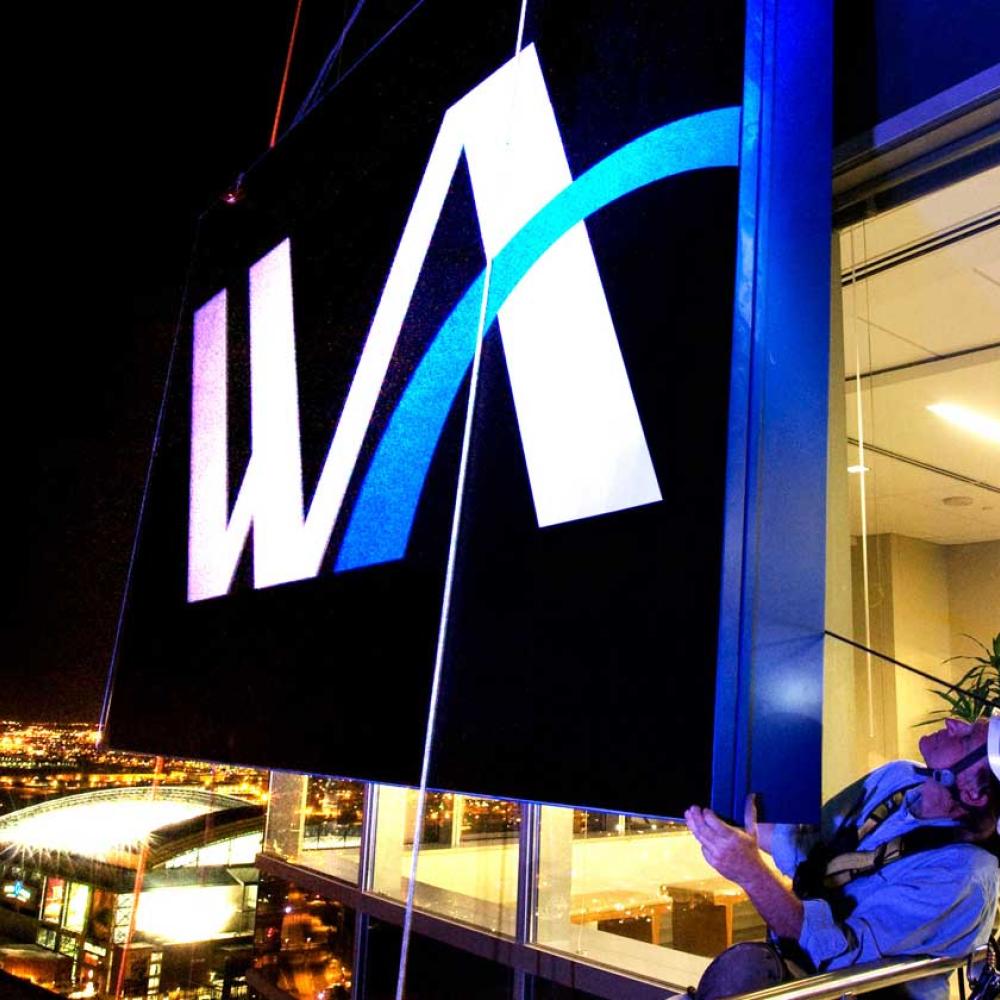What to Expect When Your Community Association Borrows: Key Steps and Terms
When a community association decides to take out a loan, the process can feel complex - especially for volunteer board members who may not have experienced the association loan process in the past. Understanding what happens at each stage can help board members and community managers plan effectively, avoid delays and make confident decisions.
This article breaks down the borrowing process into its key phases and explains the terminology you’re likely to encounter along the way. Whether your association is planning a roof replacement, elevator upgrade or other capital project, these terms and milestones will help you navigate the loan application process.
Key Terminology and Stages in the Community Association Loan Process
While each loan is unique, the application process follows a set of steps to complete due diligence by the association and bank. Your bank relationship manager will work closely with your association to identify any additional needs and address all your questions. The process typically includes:
Pre-review (also known as pre-approval)
The borrowing process usually begins with a bank relationship manager working with your association’s community manager to assess your needs and review existing financial commitments and the potential loan request. This process helps your board or community manager determine an appropriate loan amount. This step can also flag issues, such as pending litigation, that could disqualify the association from borrowing, allowing the board to address them before completing a loan application. It’s a good idea to consult your HOA attorney to confirm that your board has the authority to borrow and complete any required procedural steps.
After this process, an association receives a non-committed or non-binding proposal (also known as a term sheet). This document outlines possible loan terms but is not yet a commitment to lend.
Underwriting
Underwriting is the formal loan approval stage. Underwriting can begin once the bank has received the full “underwriting package request,” the association board has formally accepted the term sheet, and the association has paid the origination fee(s).
At this point, the association must provide the requested documentation so the bank can fully evaluate its financial health and the proposed project. This typically includes:
- Governing documents
- Historical and current financials
- Pro forma budget showing estimated income and expense data
- A contractor bid (for projects under $1 million) or signed contract (for larger projects) to verify the sources and uses of funds
- Board meeting minutes approving the loan and any increases in revenue (fees or special assessments) that may be required for the bank to approve the loan application (your bank relationship manager can provide a template)
Banks may require a professional reserve study to qualify for a loan, especially for loan terms that extend beyond 10 years. This study evaluates the association’s long-term capital needs and whether reserves are adequately funded, which helps the bank assess the risk of lending.
Pre-closing
Pre-closing involves legal and administrative review by the lending bank, including comparing governing documents and state statutes. Other tasks during this phase may include:
- Verifying insurance coverage and adding the lender as an additional insured
- Providing identification for one board member as the “beneficial owner,” as required by federal banking regulations
Your bank relationship manager will help guide you through these requirements every step of the way.
Closing
The association and lender finalize the financing agreement. All loan documents are signed, funds are disbursed (often directly to vendors or into a designated HOA account), and the repayment schedule is confirmed. The association board typically works with its community manager and legal counsel to ensure all terms are met and records are properly documented.
Amortization
Amortization shows how each loan payment is allocated to interest and principal over the life of the loan.
Repayment
Loan repayment typically begins shortly after closing, as outlined in the loan agreement. Monthly payments are usually made from the association’s operating account and funded through special assessments, increased assessments or reserves. The repayment period can range from a few years to over a decade, depending on the loan terms and project size.
Connect With a Trusted Banker
If your community association has determined it is ready for a loan, the Alliance Association Banking team at Western Alliance Bank is here to help your community association secure financing that meets your needs. Because our group exclusively serves the rapidly growing HOA and community association industry, we have deep knowledge and expertise in safeguarding and improving the finances of community association management companies nationwide.
Our experienced relationship managers can evaluate your community association’s financing needs and recommend a strategy that works for you — both in the short term and far into the future. To learn more, please contact a member of our dedicated banking team.

Western Alliance Bank
Western Alliance Bancorporation (NYSE:WAL) is one of the country’s top-performing banking companies. Its primary subsidiary, Western Alliance Bank, Member FDIC, is a leading national bank for business that puts customers first, delivering tailored business banking solutions and consumer products backed by outstanding, personalized service and specific expertise in more than 30 industries and sectors. With $90 billion in assets and offices nationwide, Western Alliance excels at helping businesses of all sizes capitalize on their opportunities to solve today and succeed tomorrow. Western Alliance Bank includes six legacy bank brands — Alliance Association Bank, Alliance Bank of Arizona, Bank of Nevada, Bridge Bank, First Independent Bank and Torrey Pines Bank — that continue to be part of the company’s heritage. Western Alliance has ranked as a top U.S. bank by American Banker and Bank Director since 2016. In 2024, Western Alliance Bancorporation again was #1 for Best CEO, Best CFO and Best Company Board of Directors on Extel’s All-America Executive Team Midcap Banks list.
